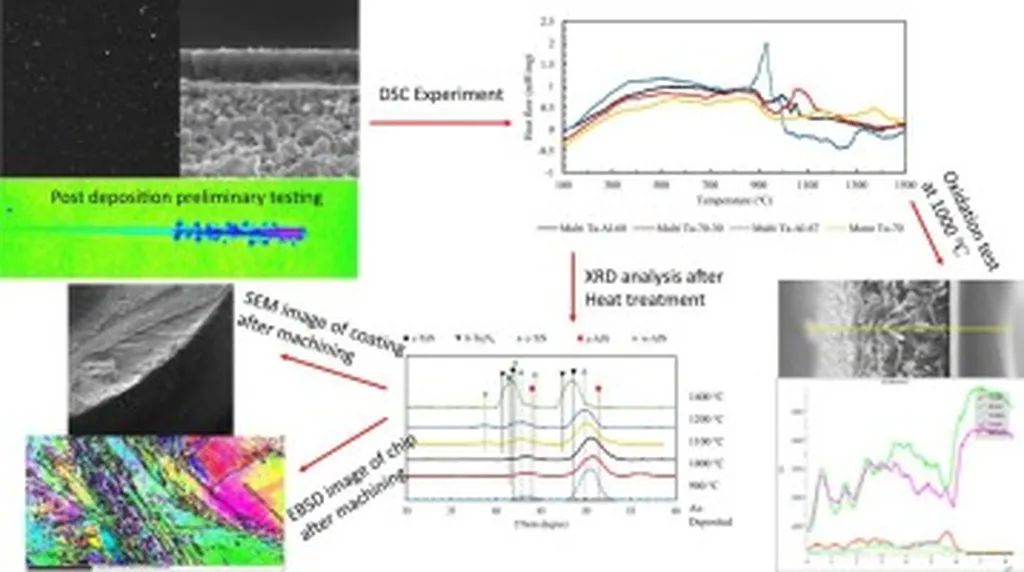In the relentless pursuit of materials that can withstand the harshest of environments, researchers have long turned to titanium carbide (TiC) for its exceptional high-temperature performance. Now, a groundbreaking study published in the journal *Materials Research Express* (translated from Chinese as “Materials Research Express”) has delved deep into the molecular dynamics of TiC, offering new insights that could revolutionize its applications in the energy sector.
Led by Xinmin Li from the School of Mechanical and Electrical Engineering and Automation at Shanghai University, the research employs nanoscale molecular dynamics (MD) simulations to unravel the tribological properties of TiC. Tribology, the study of friction, wear, and lubrication, is crucial for understanding how materials behave under stress and heat, particularly in high-performance engineering applications.
The study reveals that TiC’s friction force initially spikes during the initial stages of friction but eventually stabilizes as surfaces adapt and wear debris forms. This behavior is mirrored in the friction coefficient, which increases with friction depth before peaking and then declining, eventually reaching a stable state. “This stability is a game-changer for high-temperature applications,” Li explains. “It means TiC can maintain its performance even under extreme conditions.”
One of the most significant findings is the minimal impact of temperature on TiC’s tribological properties. “Even at high temperatures, the friction performance remains stable,” Li notes. This thermal resilience is a critical factor for the energy sector, where materials often face extreme heat and mechanical stress.
The study also explores the effects of sliding speed on friction force. At low speeds, the friction force is low and stable. As speeds increase, the friction force rises due to temperature increases and changes in wear mechanisms. At high speeds, the friction force fluctuates significantly, highlighting the complex interplay between speed, temperature, and wear.
The implications for the energy sector are profound. TiC’s ability to maintain stability under high temperatures and varying speeds makes it an ideal candidate for applications in power generation, aerospace, and other high-temperature engineering fields. “This research provides a deeper understanding of TiC’s behavior, which can guide the development of more efficient and durable materials for energy applications,” Li says.
As the energy sector continues to push the boundaries of performance and efficiency, the insights from this study could pave the way for innovative solutions that harness the full potential of TiC. By understanding the molecular dynamics of this remarkable material, researchers are not only advancing the field of tribology but also shaping the future of high-performance engineering.

